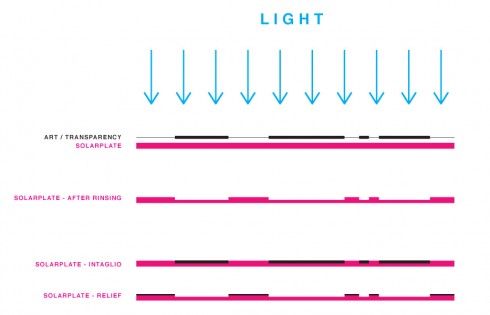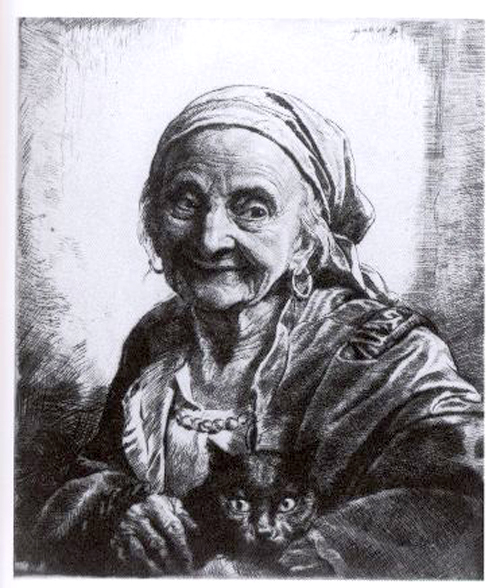Pixel-objects
Last class, Shawn sparked an interesting conversation, something I’ve been interested in for a while — the use of objects to represent pixels, then, render an image. In his case, coins, pennies precisely. Below are some cool examples of how much one can “destroy” an image, eliminating the details, and yet roughly represented, it is clear what that depicts.
Music video done with dice.











Nil Santana on Pixel-objects
11:49 am, 04.30.12
You’re right. I had seeing that one as well. Both are very interesting in the sense that they deal with our perceptions, and how low/simplified representations can be.
Nil Santana on Read, and comment: is printmaking dead?
10:04 pm, 02.21.12
I am really enjoying the comments so far. Eventually, we all agree that printmaking is not dead. I also subscribe to the idea that its practice has changed throughout the years, as Shawn has also pointed out how other areas such as photography and painting are influenced by technological advancements. Keep it in mind as we’ll advance thru other techniques, until we reach the point where computer and old processes cross.